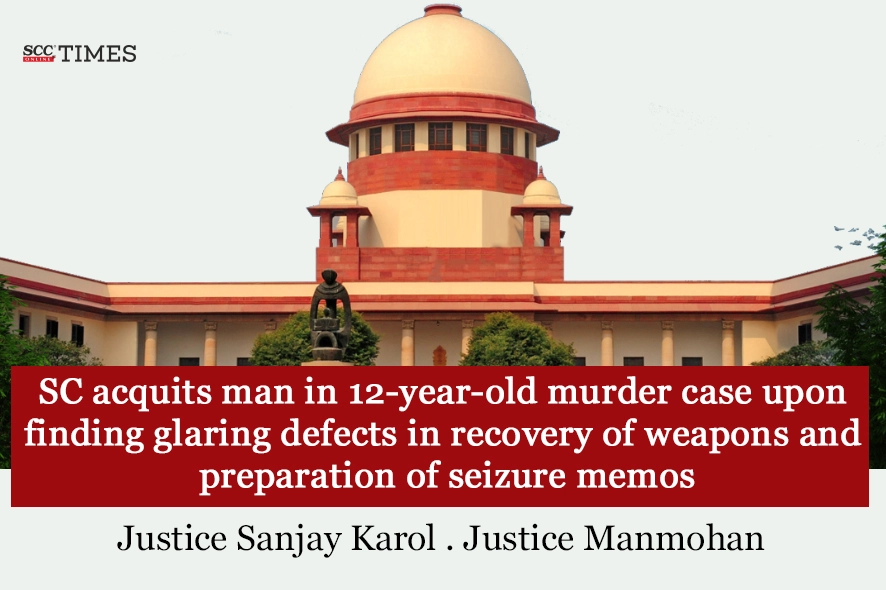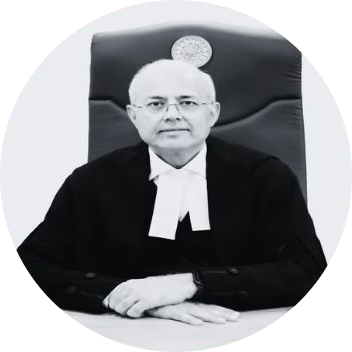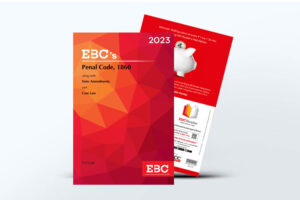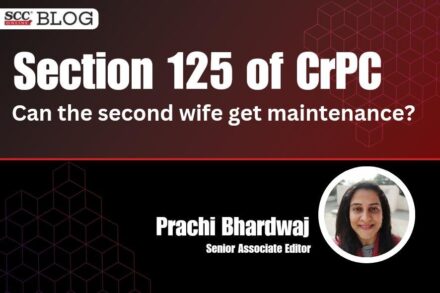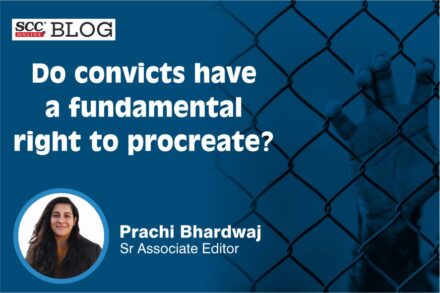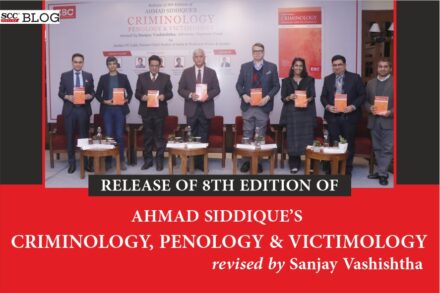Supreme Court: In a criminal appeal against Chhattisgarh High Court’s decision, whereby the appellant’s-accused appeal was dismissed and the Trial Court’s decision convicting the accused for offences under Sections 302 and 201 of the Penal Code, 1860 (‘IPC’) was affirmed, the Division Bench of Sanjay Karol and Manmohan*, JJ. allowed the appeal upon finding inconsistencies in the witness statements and glaring defects in the recoveries made by the police pursuant to the alleged disclosure made by the accused. Accordingly, the impugned judgments and the conviction of the accused under Sections 302 and 201 of IPC were hereby set aside.
Factual Matrix
The prosecution’s case was that the deceased left his house on 29-11-2013 but did not return home and his father lodged a missing report. PW-1 informed the police on 01-12-2013 that a dead body was found floating in the pond of a stone quarry at Village. Subsequently, a First Information Report (‘FIR’) was registered. During the investigation, it was found that the accused had borrowed money from the deceased and a dispute had arisen between them regarding refund of the borrowed amount. It was alleged that the accused along with co-accused (acquitted by the Trial Court) had taken the deceased in an auto to the place of the incident and assaulted the deceased with an iron pipe and battleaxe and thereby committed his murder and with intent to cause the disappearance of evidence smashed his head with stone and after removing his full pant tied a rope around his waist and threw the body in the water of quarry.
The Trial acquitted the co-accused Tarachand Verma from all charges but convicted the accused vide for the offences under Sections 302 and 201 of the IPC. Being aggrieved by the said judgment, the accused preferred a criminal appeal before the High Court. The High Court vide the impugned judgment dismissed the appeal and affirmed the conviction and sentence awarded by the Trial Court.
The accused argued that the Courts below failed to appreciate that the Memorandum of Statement of the accused under Section 27 of the Evidence Act recorded by the Investigating Officer (‘IO’).
Analysis and Decision
The Court noted that the entire case of the prosecution was dependent on circumstantial evidence, as there was neither any eye-witness nor any judicially admissible confession. The Court reiterated that where the case rests entirely on circumstantial evidence, the chain of evidence must be so far complete, such that every hypothesis is excluded but the one proposed to be proved and such circumstances must show that the act has been done by the accused within all human probability.
The Court referred to Sharad Birdhichand Sarda v. State of Maharashtra, (1984) 4 SCC 116, wherein, five essential principles referred to as the five golden principles, which must be satisfied for circumstantial evidence to conclusively establish the guilt of the accused were outlined.
Referring to Delhi Administration v. Bal Krishan, (1972) 4 SCC 659, the Court said that Section 27 is an exception to Sections 25 and 26 and serves as a proviso to both Sections 25 and 26 of the Evidence Act. The Court reiterated that Section 27 of the Evidence Act lifts the ban, though partially, to the admissibility of confessions. The removal of the ban is not of such an extent that it can undo the object of Section 26. The Court stated that the statement whether confessional or not is allowed to be given in evidence but that portion only which distinctly relates to discovery of the fact is admissible. A discovery of a fact includes the object found, the place from which it is produced, and the knowledge of the accused as to its existence.
The essential ingredients of Section 27 of the Evidence Act:
-
The information given by the accused must led to the discovery of the fact which is the direct outcome of such information.
-
Only such portion of the information given as is distinctly connected with the said recovery is admissible against the accused.
-
The discovery of the facts must relate to the commission of such offence.
The Court noted that the prosecution recovered the weapon of assault (stone as well as the gandasa) and gold chains belonging to the deceased, based on the statement of the accused while in custody. Regarding the question of whether evidence relating to recovery was sufficient to fasten guilt on the accused, the Court relied on Bodhraj Alias Bodha v. State of Jammu & Kashmir, (2002) 8 SCC 45, wherein the Court laid down that the exact information given by the accused while in custody which led to recovery of the articles has to be proved; Mere statement that the accused led the police and the witnesses to the place where he had concealed the articles is not indicative of the information given.
Relying upon Varun Chaudhary v. State of Rajasthan, (2011) 12 SCC 545 and Mustkeem v. State of Rajasthan, (2011) 11 SCC 724, the Court noted that it was held that if the recovery memos had been prepared in the police station itself or signed by the panch witnesses in the police station, the same would lose their sanctity and cannot be relied upon by the Court to support the conviction.
In the present case, the Court noted that the prosecution produced two as the panch witnesses to prove the recovery pursuant to the disclosure made by the accused. The Court noted that one of them had deposed that when the accused was questioned in his presence, the accused stated that he could recover the stone, axe, and pipe. However, during his cross-examination, he admitted that he along with another witness stayed in the police station for about five minutes during which period, the police made them sign many papers. The said witness further admitted that the memorandum of statement of the accused was signed on the instructions of the police, without reading or understanding the contents of the said document. The Court also pointed out that there were glaring inconsistencies with respect to how the gold chains were recovered from the house of the accused and further, the presence of the accused at the time of the said recovery was itself doubtful.
Further, the Court said that the testimonies of witnesses revealed that the two gold chains did not bear any distinguishable mark or properties and no identification mark or properties were disclosed by the deceased’s wife before identification proceedings.
Therefore, the Court held that the Courts below were not justified in disregarding the glaring inconsistencies for the recoveries made by the police pursuant to the alleged disclosure made by the accused. Consequently, the manner of recovery and preparation of seizure memos raised grave doubts about the version of disclosure and recovery put forth by the prosecution. Thus, the Court opined that the prosecution failed to prove the chain of circumstances leading to the guilt of the accused, beyond reasonable doubt.
CASE DETAILS
|
Citation: Appellants : Respondents : |
Advocates who appeared in this case For Petitioner(s): For Respondent(s): |
CORAM :


